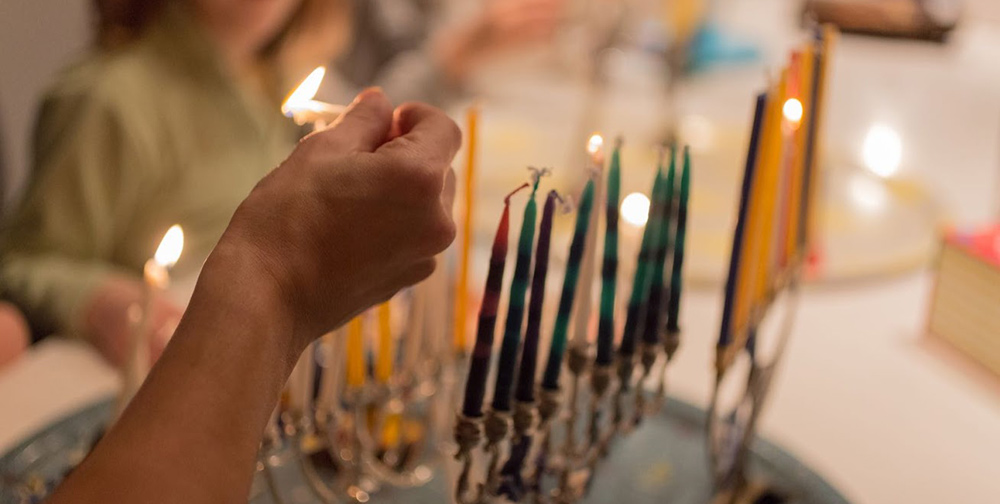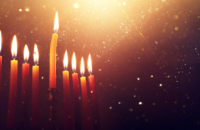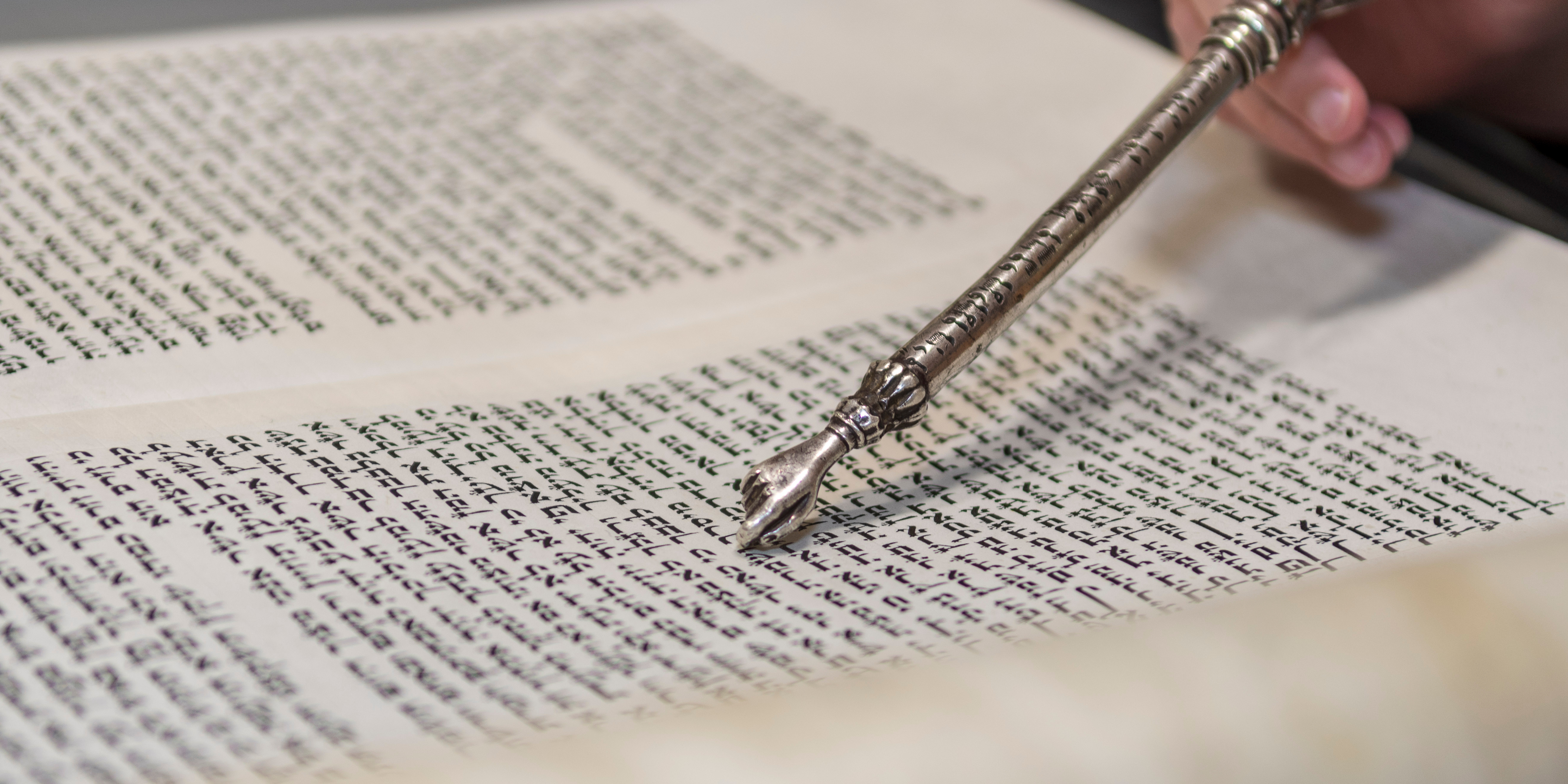On the Arba Minim of Sukkot

Once we had no choice but to live in a sukkah. Having escaped slavery, wandering in the wilderness for forty years and making temporary huts, we came to understand the fragility of life, the essentially transient nature of the human condition. We must have realised, too, that what really lasts does not grow in the ground and cannot be made by human hands: it is the enduring love of God and our faith that can transcend whatever withers and dies. We have to give up what we cannot keep to gain what we cannot lose.
Now, we actively choose, each year, to live in a fragile structure. To remember what our forebears once knew means to relive it, to feel it for ourselves, to give our whole bodies to it. To call on the deep reserves that come from our ancestors and from God, we who are blessed with secure homes and warm beds willingly enjoy the blessing of our utter vulnerability: paradoxically, when we are weakest we can be strongest.
Sukkot is the most ‘feminine’ of all my Jewish experiences. Grammatically, ‘sukkah’ is feminine and experientially she is like the womb: that covered place that is both soft and tough, that feeds and defends, that contains but does not crush, that does not reject but releases into life; the ultimate environment, a mysterious place of inner knowing.
Yet to build a sukkah- to plan and order, saw and hammer, tie and cut, lift and carry-is conventionally ‘masculine’: the male paying tribute to the female. As well as obvious ‘naturalness’, Sukkot brings us deep complexity, subtle unpredictability and a defiance of well-sorted-out ideas. Sukkot asserts that life is intrinsically messy, that relationships can be windy and that God is always surprising. We do not need to be strong to find God, for God is there, too, in the weakness.
The symbolic objects of Sukkot-the arba minim (four species)-are themselves natural and temporary: lulav (date palm), hadassim (myrtle), aravot (willow) and etrog (citron). With the etrog in our left hand and the other three in our right, our hands are brought together and the whole set is waved forward and back, left and right, up and down as we recite psalms, thanking God in every direction for the wonder of the universe and beaming out a prayer to the four corners of the world and the creatures of the air and sea.
Our Rabbis offered various interpretations of the arba minim. In one that focused on the elements of fruit (symbolising good deeds) and flowers (symbolising study), the four species represent different kinds of people. Those, like the lulav, who make the world better, are useful. Those who, like the myrtle, study Torah are beautiful. The willows amongst us are neither beautiful nor useful. The etrog is both! But they’re all held together, just as a community needs all its members, whatever they offer.
The convention is to hold the etrog in the left hand. In the right hand, the myrtle is on the right of the lulav and the willow is on the left. Perhaps this is to bring the willow into closest contact with the etrog because it needs its presence and influence most.
The ‘male’ lulav-myrtle-willow is long, straight, pointed and thrusting. The ‘female’ etrog is round and whole, bearing something within. The-lulav-willow-myrtle is held on the right, our systematic and analytical aspect, our ‘doing’ side. The etrog is held on the left, our intuitive and spontaneous aspect, our ‘being’ side. We need both for creativity and fulfilment, and they take their place together.
Angela Gluck is a member of New London Synagogue.



